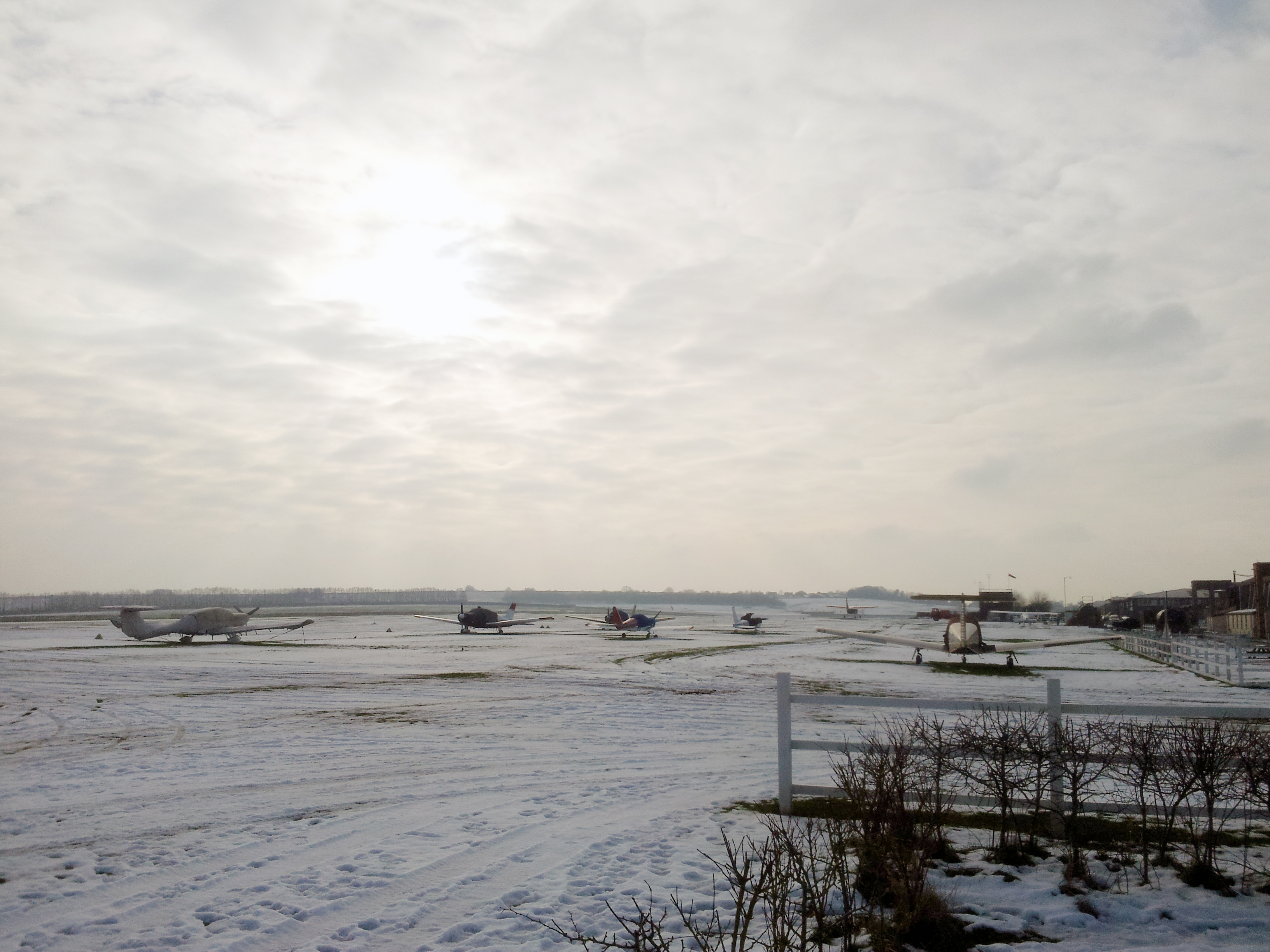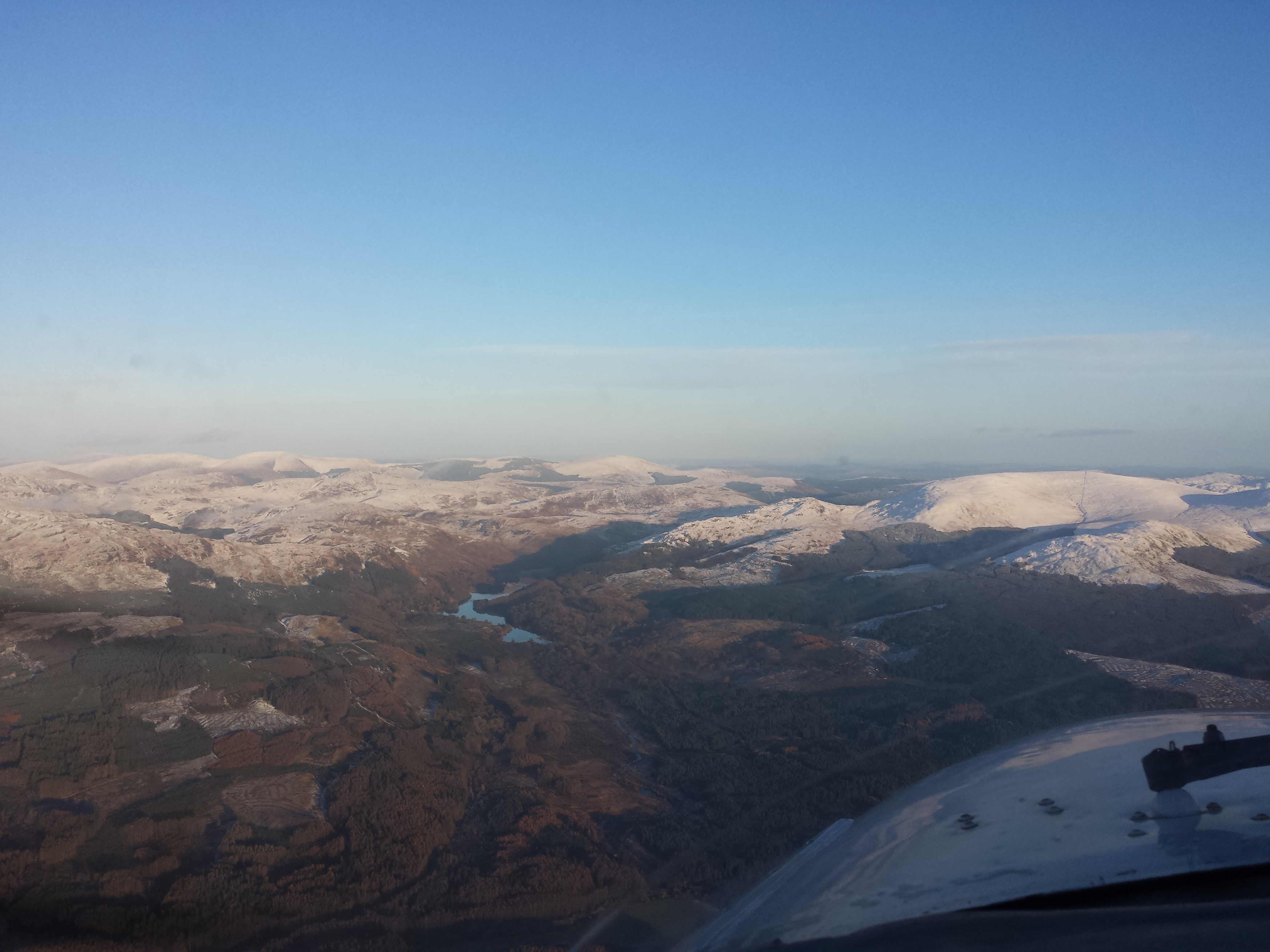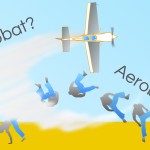
Wonderful Winter Weather
As we move into the latter half of the year, autumn and winter bring with them different weather conditions from those enjoyed in the summer months. From a student pilot’s perspective, it could be easy to assume that winter weather patterns automatically equate to unpleasant flying conditions.
Fortunately, this assumption is erroneous – false, without merit, and just plain wrong! Flying schools happily operate all year round, and indeed winter brings some of the most beautiful flying days. Many pilots look forward to winter scenes of airborne beauty, and in fact colder weather will also increase aircraft engine power…
Cold Air Means More Airplane
 As air becomes colder during winter, it becomes denser, which allows aircraft piston engines to run more efficiently. Denser air means a greater amount of fuel and air mixture can be squeezed into the engine cylinders without complex (and expensive) turbo charging – which allows the engine to develop more power. The cold, denser air also means that propellers develop more thrust; propellers work by accelerating a fixed volume of air rearwards, which pushes an aircraft forward. If the air in that fixed volume is denser, the propeller accelerates more air backwards, thus producing more thrust.
As air becomes colder during winter, it becomes denser, which allows aircraft piston engines to run more efficiently. Denser air means a greater amount of fuel and air mixture can be squeezed into the engine cylinders without complex (and expensive) turbo charging – which allows the engine to develop more power. The cold, denser air also means that propellers develop more thrust; propellers work by accelerating a fixed volume of air rearwards, which pushes an aircraft forward. If the air in that fixed volume is denser, the propeller accelerates more air backwards, thus producing more thrust.
Pilots always prefer more thrust; it means that for the same weight, an aircraft will accelerate faster. This allows the aircraft to take off in a shorter distance, spend less time climbing to altitude, and spend less of the pilot’s hard earned cash, all of which tends to make pilots happier.
We’re Smoother When We’re Cooler
Winter flying conditions can also lead to smooth, crisp, clear flying days with fantastic visibility; it’s these days that the cliché “gin-clear day” was coined for. When the atmosphere consists of cold, dry wintery air, the Mark 1 Human Eyeball (the boffins have yet to come up with the Mark 2) can see further, due to fewer pesky airborne water molecules getting in the way. This gives rise to pilots enthusing about gin clear days in bars later – ironically often whilst sipping a gin & tonic.
 Those who aren’t a fan of in-flight turbulence (some pilots claim to like turbulence, on the somewhat shaky grounds that it makes them feel more piloty) are well advised to seek out a gin clear day to fly on; turbulence is created when currents of hot rising air hit an aircraft, causing sudden movement. These currents, known as ‘thermals’, are caused by hot spots on the ground heating the air above them, making that air rise. In the winter, lower temperatures mean fewer thermals, which in turn results in smoother flying conditions. This tends to lead to better appreciation of the wonderful winter vistas on offer from a cosy well heated cockpit – not only can you see for (literally) miles, but the snow-blanketed views of the world below from a few thousand feet are indescribably beautiful.
Those who aren’t a fan of in-flight turbulence (some pilots claim to like turbulence, on the somewhat shaky grounds that it makes them feel more piloty) are well advised to seek out a gin clear day to fly on; turbulence is created when currents of hot rising air hit an aircraft, causing sudden movement. These currents, known as ‘thermals’, are caused by hot spots on the ground heating the air above them, making that air rise. In the winter, lower temperatures mean fewer thermals, which in turn results in smoother flying conditions. This tends to lead to better appreciation of the wonderful winter vistas on offer from a cosy well heated cockpit – not only can you see for (literally) miles, but the snow-blanketed views of the world below from a few thousand feet are indescribably beautiful.
Blue Skies, Not Winter Blues
In summary; don’t let winter blues put you off flying. Whilst the days may be shorter, and the temperature lower, if the sun is shining and the skies are blue, there are fantastic flying days to be experienced – and wonderful views to be seen.
Happy aviating!







